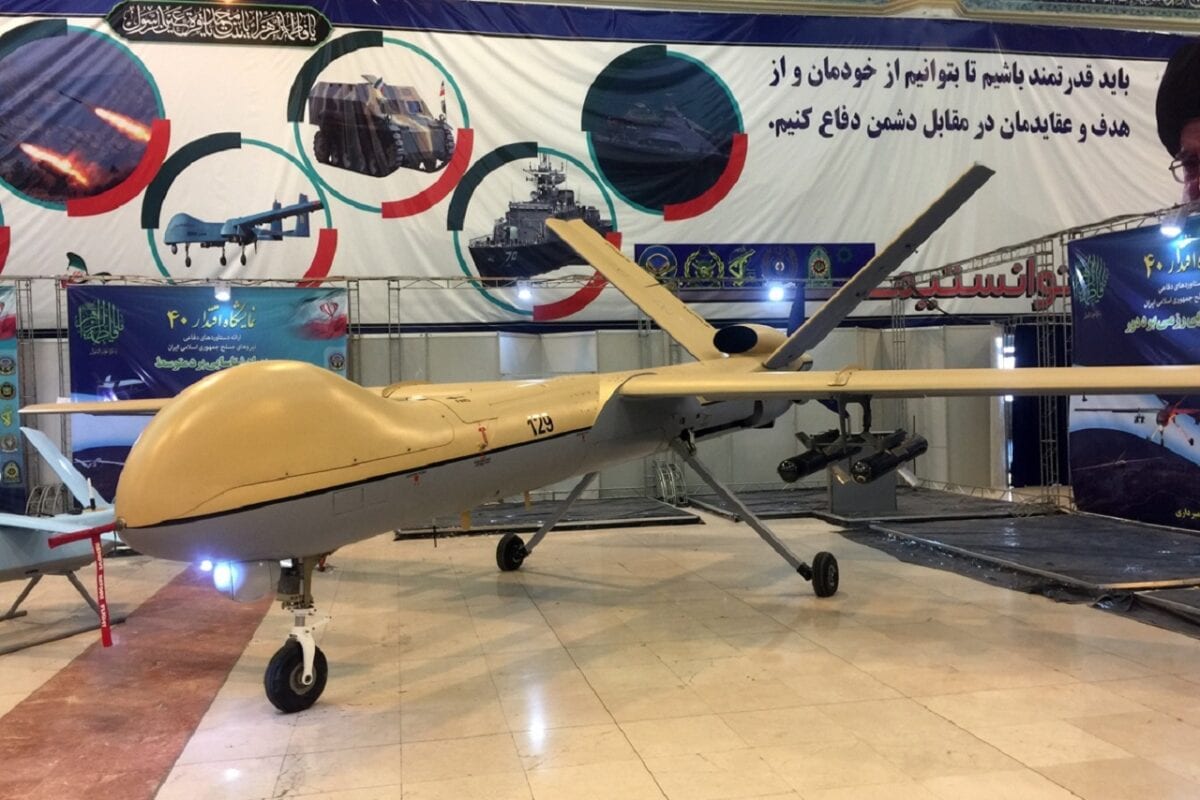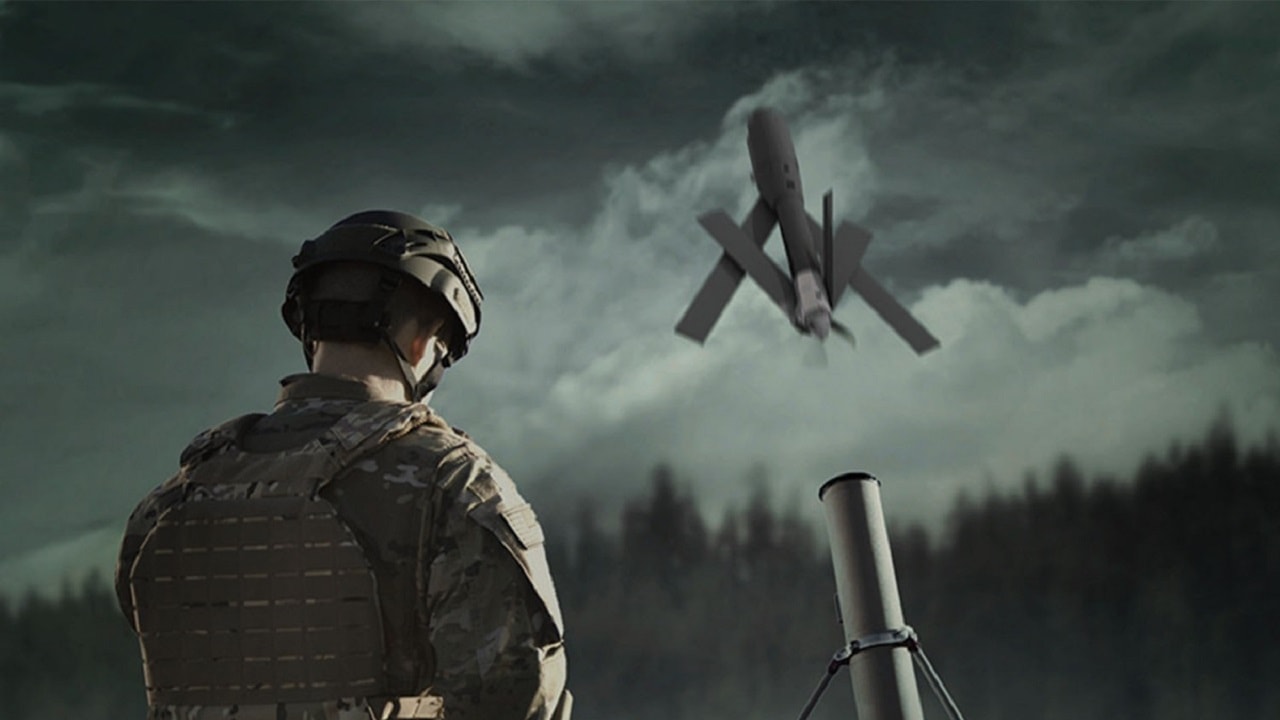In July, U.S. national security adviser Jake Sullivan revealed how Iran was preparing to provide Russia with hundreds of unmanned aerial vehicles (UAVs), some of which were capable of carrying and deploying weapons. It was good news for Russia at the time, with its military struggling to respond effectively to U.S.-supplied HIMARS rocket systems and Switchblade “kamikaze” drones.
It didn’t take long, however, for those plans to sour. Moscow received the first batches of Iranian drones in August, but U.S. intelligence revealed how the Russian military experienced “numerous failures” with the devices. One U.S. administration official, speaking on the condition of anonymity, told Reuters how Russia is understood to have received several Shahed-series and Mohajer-5 UAVs, but that many of them were faulty.
Nonetheless, the official said Russia was on track to receive hundreds of the devices in the coming weeks and months – and according to a recent report from Politico, Ukrainian soldiers are now feeling the impact of these drones. Despite some of the devices being faulty, Ukrainian positions have already been hit by drone strokes in south-eastern Ukraine.
What Are the Soldiers Saying?
Andriana Arekhta, a junior sergeant within the Ukrainian Armed Forces, described how the drones recently flew from Russian-occupied Crimea to hit her special forces unit fighting in the Kherson region. Arekhta described how the drones were able to evade her unit’s defenses and successfully dropped bombs on their position, resulting in two tanks with crew on board being destroyed.
“It’s very difficult to see these drones on radars,” Arekhta said. “It’s a huge problem.”
The Shahed and Mohajer drones have been deployed by the Russian military in large numbers throughout Ukraine in recent weeks, and while Russia has yet to regain a substantial amount of ground following Ukraine’s counter-offensive, the drones are having some impact. Ukrainian President Volodymyr Zelenskyy acknowledged that impact during his national address on Friday night, revealing how more than a dozen Iranian drones operated by Russians had been shot down by anti-aircraft forces in Odesa and the eastern Dnipropetrovsk region.
While looking abroad to obtain the drones may have looked weak on Russia’s part, some experts and analysts have warned for some time that these drones would ultimately prove effective. Writing for 19FortyFive, former Iraq C-RAM (counter rocket, artillery, mortar) battle captain Cam McMillan stressed the importance of not underestimating the capabilities of the drones sent to Russia by Iran.
“Iranian drones have regularly attacked American and coalition forces in the Middle East, many times slipping through formidable American defenses and striking targets on U.S. bases. Beyond American forces, Iranian drones have posed such a serious threat to Sunni Gulf states and to Israel that these states have formed an unlikely military partnership,” McMillan noted, adding that the Mohajer drones are hard to shoot down and are designed to assist with intelligence, gathering surveillance, target acquisition, and reconnaissance, while also delivering guided munitions with a range of 200k.
Hard to track on radar and much unlike other drones that most modern air-defense systems were designed to counter, these drones from Iran may have had a rocky start but may be exactly what Russia needs at this stage of the war.

Shahed 129 UAV seen during the Eqtedar 40 defence exhibition in Tehran.
Jack Buckby is a British author, counter-extremism researcher, and journalist based in New York. Reporting on the U.K., Europe, and the U.S., he works to analyze and understand left-wing and right-wing radicalization, and reports on Western governments’ approaches to the pressing issues of today. His books and research papers explore these themes and propose pragmatic solutions to our increasingly polarized society.

